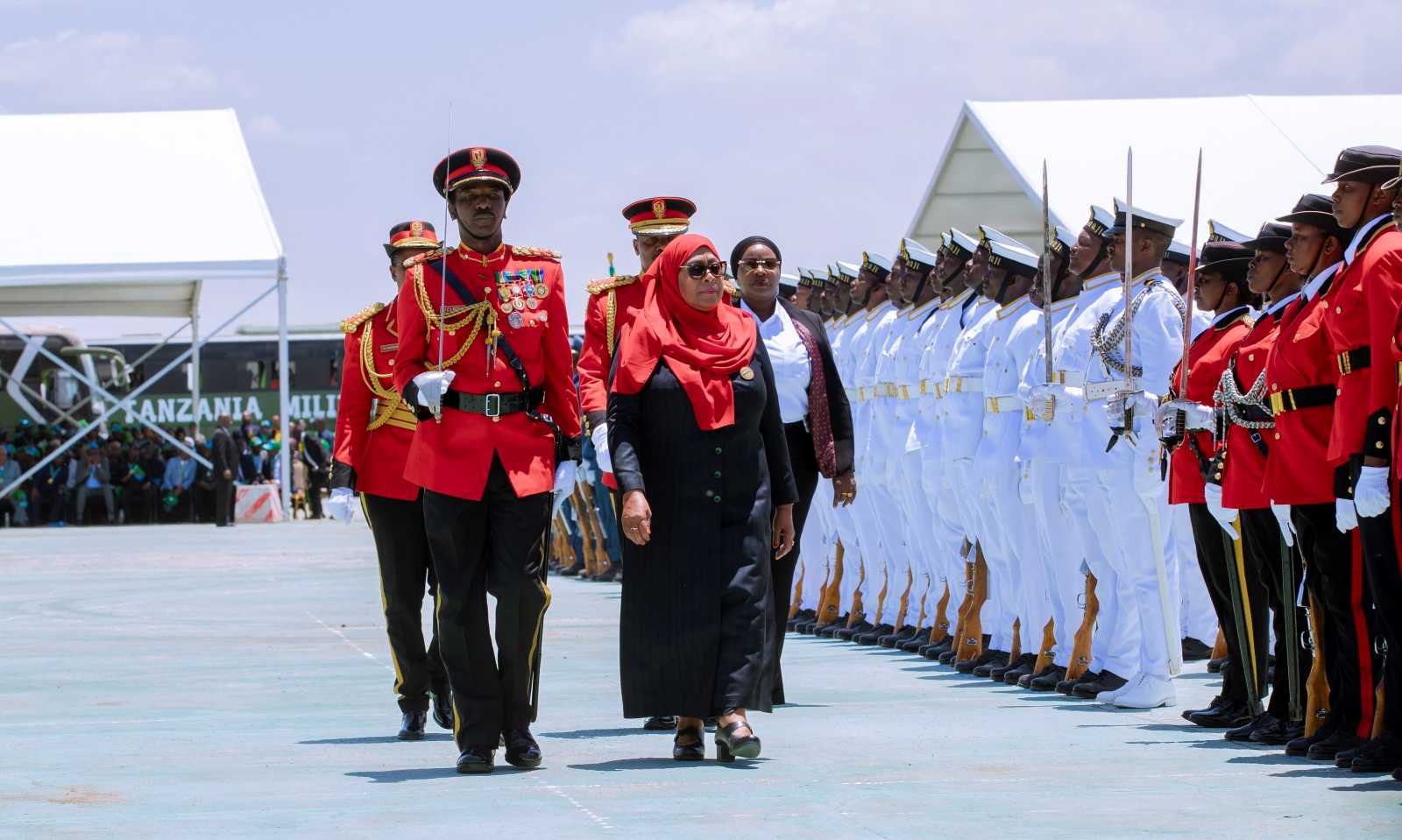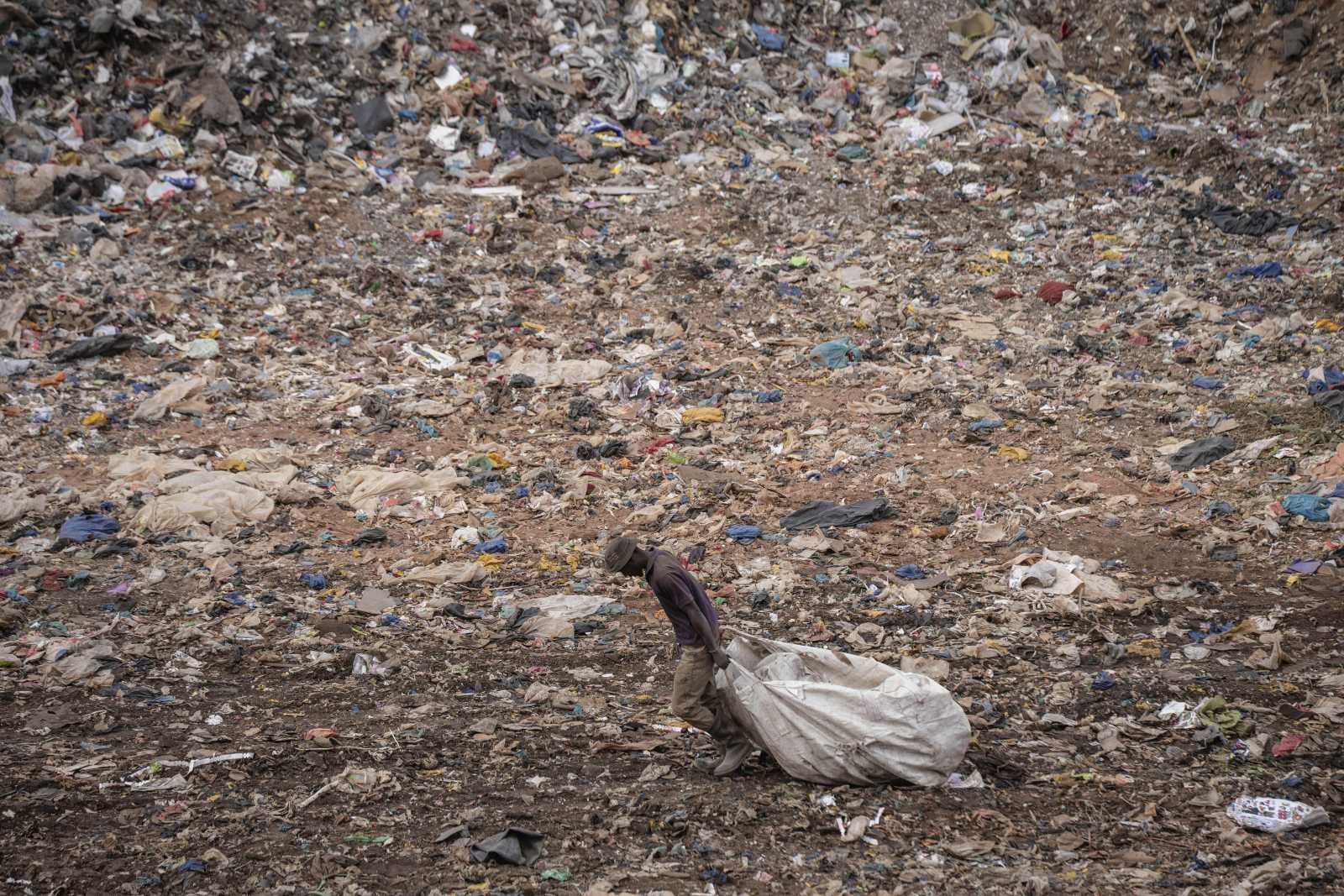[ Interview with Fazle Hasan Abed ]
What is BRAC doing in Africa?
We started operations in Uganda and Tanzania last summer, and in Southern Sudan in January. In March, BRAC Uganda was running 25 microfinance branches and 200 community learning centres, modelled after our non-formal schools in Bangladesh. These centres provide primary education to children living in camps for internally displaced persons, victims of conflict in two districts in Northern Uganda. In Tanzania there are 35 microfinance branches, and they are also involved in essential health care and agriculture support. In Southern Sudan, the first microfinance branches have become operational.
Why did BRAC become active in Africa?
The declaration of the Millennium Development Goals (MDGs) was energising. On the other hand, we felt frustrated by the lack of concrete and adequate progress in fighting poverty globally, despite the knowledge of solutions that work. All too often, measures get stuck in the pilot phase and are not scaled up. There is a real lack of boldness in taking the next step – setting up scalable institutional mechanisms, and giving the poor access to tools and opportunities for them to work their way out of poverty. In too many cases, the quality of non-governmental development agencies remains patchy, especially when it comes to the management skills needed to expand operations.
But BRAC is different?
BRAC’s history in Bangladesh has been one of innovation combined with the management needed to scale up operations. In almost 40 years, BRAC has learned the art of crafting community-based, sustainable mechanisms to provide a growing range of basic services to the poor, as well as to empower them. BRAC has a non-complacent culture. The constant focus is on problem solving, helping the poor address their needs. For instances, we have pioneered non-formal primary education, paying particular attention to girls, and the government is now cooperating with us to improve state-run schools.
What exactly is BRAC’s forte?
The nucleus of our approach is to organise the poor, and to use that organisational capital as a spring board for supporting programmes. An effective starting point is to organise the poor, especially women, around microfinance. From there, we move on to skills training, health services, basic education and other matters. The essential principle is to develop voluntary extension cadres which then address the wide range of constraints that the poor struggle with – including human-rights violations and legal matters in general. The beauty of the approach lies in the creation of self-reliant and self-propelling support infrastructures.
Please give an example of how that is done – concerning health care, for instance.
Health Volunteers – HVs for short – are at the centre of our health programmes. Typically, they are members of microfinance groups who are trained by BRAC in essential health care. HVs take care of clusters of households, providing them with basic information and advice. They also sell non-prescription drugs for basic illnesses. They generate a modest income from doing so, but also from transferring seriously ill to other health institutions. At the same time, HVs do all sorts of checkups and make sure that government-run immunisation programmes are enforced. We have also developed a model for them to monitor and check the spread of TB in the villages – for example, they are trained to look out for people who keep on coughing. Thanks not least to our innovative approach, the detection rate for TB in Bangladesh is now close to 70 %, and the cure rate around 90 %.
In what sense is working in Africa different from at home?
The basic elements of our model are quite robust. The idea is to organise people, build capacity, and craft bottom-up solutions. That is applicable in Africa. Some specific aspects, however, are different from country to country. For instance, a typical microfinance branch in Bangladesh will cover an area of five kilometres radius, within which we can recruit around 5,000 clients. That is the number we need to make a microfinance branch sustainable in Bangladesh. However, the population density is not as high in the African countries we are working in. Accordingly, microfinance branches tend to reach fewer people, with the consequence that we need lower cost structures than we have in Bangladesh in order to become sustainable. Another difference is Africa’s high demand for seasonal business opportunities. To deal with that, we had to develop short-term loan products.
What about the unfamiliar institutional setting in African countries?
That is another serious challenge. In the countries we are working in, there are hardly any non-governmental institutions with large-scale operations. Donors fund poverty-alleviation efforts in Tanzania and Uganda, and budget-support money is channelled through the government bureaucracy. As a non-governmental organisation, we found it very difficult to get access, and that was all the more so as we were newcomers to both countries. Moreover, the overall environment for microfinance is not like in Bangladesh. Regulations are different, and the fact that commercial banks do not have far-flung branch networks makes it harder for us to expand to rural areas. The biggest challenge, however, is that donors and policy-makers are generally unfamiliar with our approach to poverty alleviation. We have found segmented, sector-specific thinking to be predominant. Approaches to integrated, synergistic development are either not understood or, worse, regarded with distrust. This is not surprising, given the history of supposedly integrated NGO programmes that were badly managed and ended up wasting resources, distorting markets and hurting the poor. The BRAC approach, however is very different, it is about building markets and giving the poor access by providing the right incentives. We can make a difference.
In what sense do religious or other traditions stand in the way of women’s empowerment?
In Africa, BRAC has not had to face such problems. Women are culturally mobile and economically active. The challenge has been far greater in Bangladesh. Our approach to overcoming such opposition is to adopt an incremental change model. Though BRAC has been steadfast in its policy of targeting women in its microfinance programme, it did face, in the early years, opposition to organising women.
How did you cope with such opposition?
We dealt with such opposition in several ways, by holding group meetings in open spaces for instance, by stressing the households’ economic welfare, or by setting up community-level platforms. In sum, it was always about advancing households and communities. We did not focus on women as individuals, isolating them from their social environments. Having the resolve to continue operations in the face of opposition is also something that BRAC has found to be very effective. In some instances, BRAC schools were burnt down, but BRAC soon opened up new schools nearby and work continued.
Questions by Hans Dembowski.







